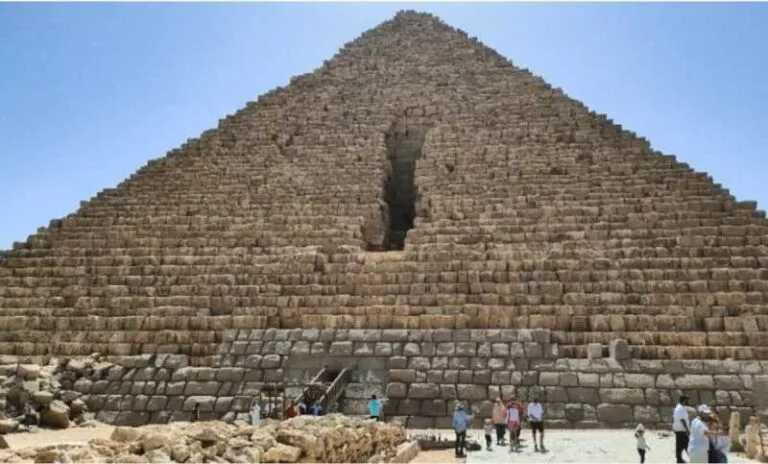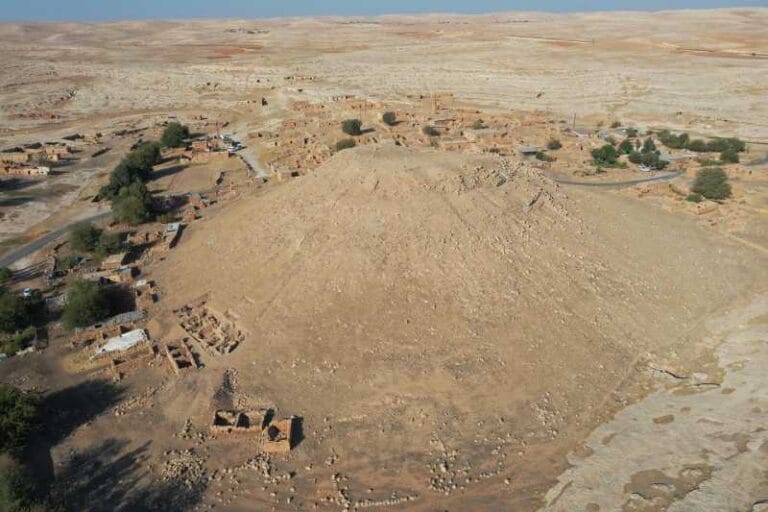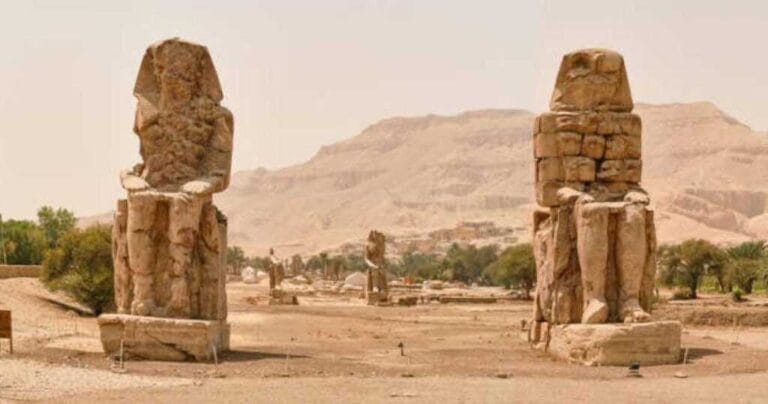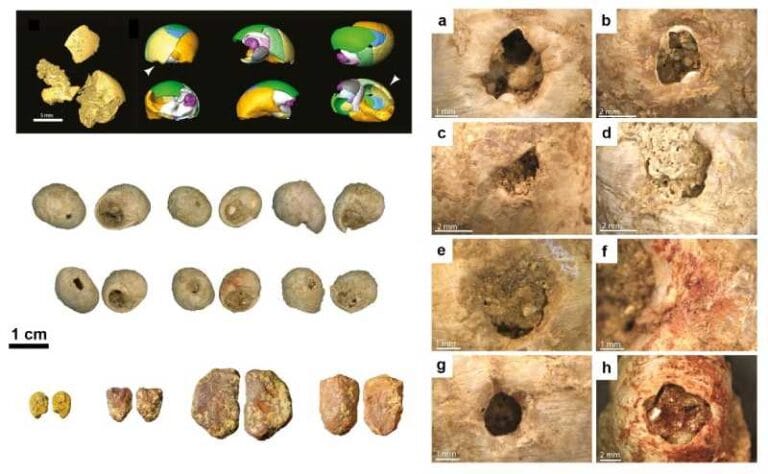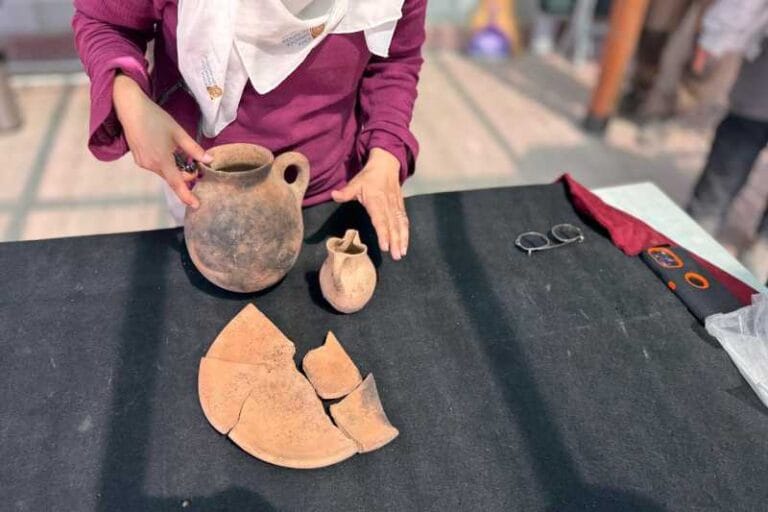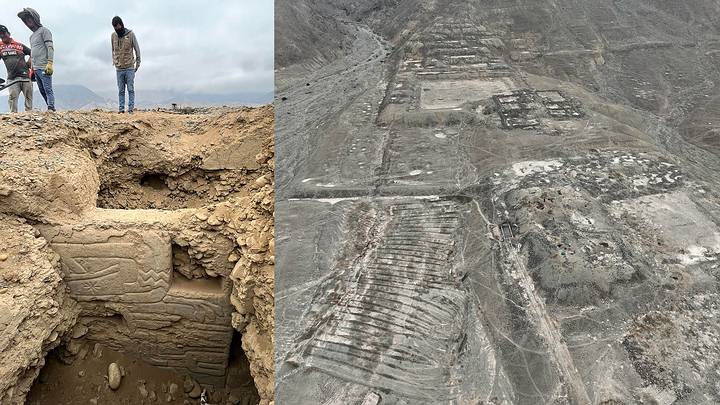Lost tomb of pharaoh Thutmose II discovered
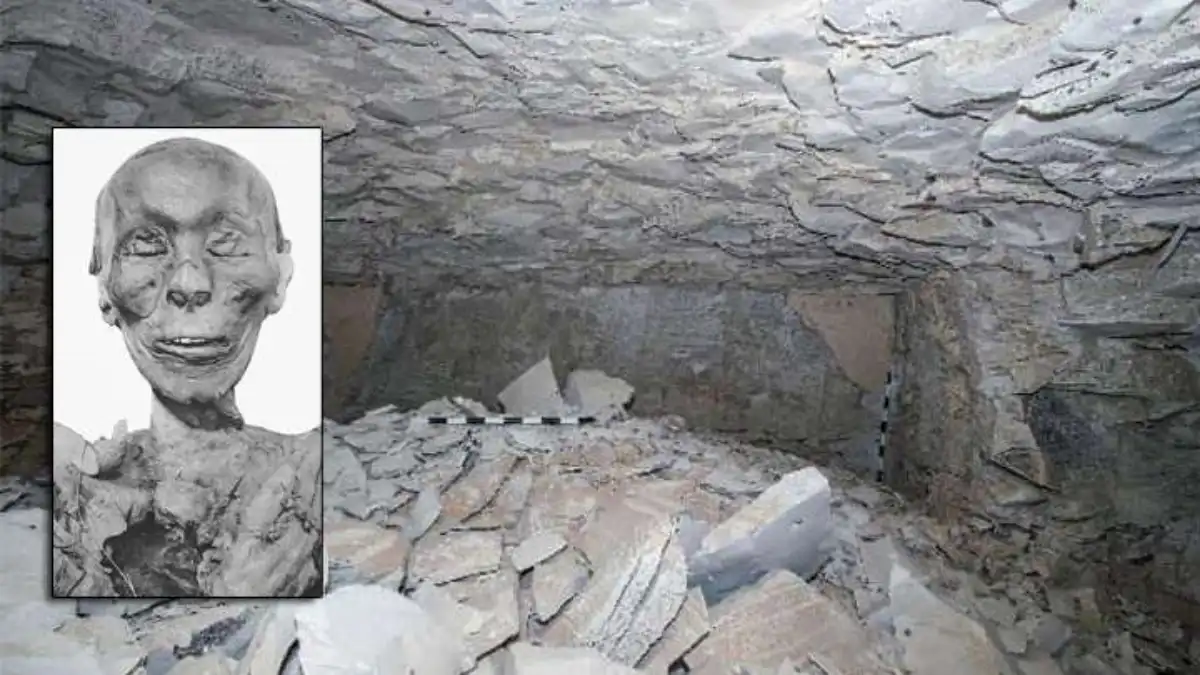
In a groundbreaking archaeological discovery, a joint Egyptian-British expedition has uncovered the long-lost tomb of Pharaoh Thutmose II, the last missing royal burial of Egypt’s 18th Dynasty. Hailed as the most significant find since Tutankhamun’s tomb in 1922, this remarkable revelation offers fresh insights into one of ancient Egypt’s most enigmatic rulers.
The excavation took place in tomb C4, situated in Valley C of the Theban mountain, west of Luxor and approximately 2.4 kilometers from the renowned Valley of the Kings. While the tomb’s entrance and main corridor were first uncovered in 2022, it was only during this excavation season that definitive evidence confirmed its owner: Pharaoh Thutmose II.
Dr. Mohamed Ismail Khaled, secretary general of Egypt’s Supreme Council of Antiquities, explained that the tomb was initially suspected to belong to a royal wife due to its proximity to other queens’ burials from the dynasty.
However, inscriptions on alabaster fragments bearing the name of Thutmose II as “the deceased king,” along with references to his chief wife, Hatshepsut, dispelled any doubts.

This discovery is pivotal for understanding the reign of Thutmose II, as it marks the first time artifacts belonging to this pharaoh have been found. Until now, his tomb’s unknown whereabouts meant that no grave goods were present in museums worldwide.
Despite the significance of the findings, the tomb is in a poor state of preservation, having suffered damage from floods that occurred shortly after the pharaoh’s death.
The archaeological team faced the challenge of restoring fragile plaster fragments adorned with yellow stars on a blue sky, as well as passages from the Amduat, one of ancient Egypt’s most important funerary texts.

Beyond its historical importance, Dr. Piers Litherland, head of the British team, emphasized that the tomb’s simple architectural design represents the early development of a style later adopted by the successors of the 18th Dynasty. Notably, it features a white plaster-covered corridor leading to the burial chamber, which lies 1.4 meters below the level of the main passage.
Professor Mohamed Abd El-Badie, head of the Department of Egyptian Antiquities, announced that research in the region will continue in an effort to unveil more secrets of this archaeological site and potentially determine where Thutmose II’s original funerary objects were relocated. This discovery not only deepens understanding of the 18th Dynasty but also underscores the significance of international collaborations in exploring and preserving Egypt’s cultural heritage.

